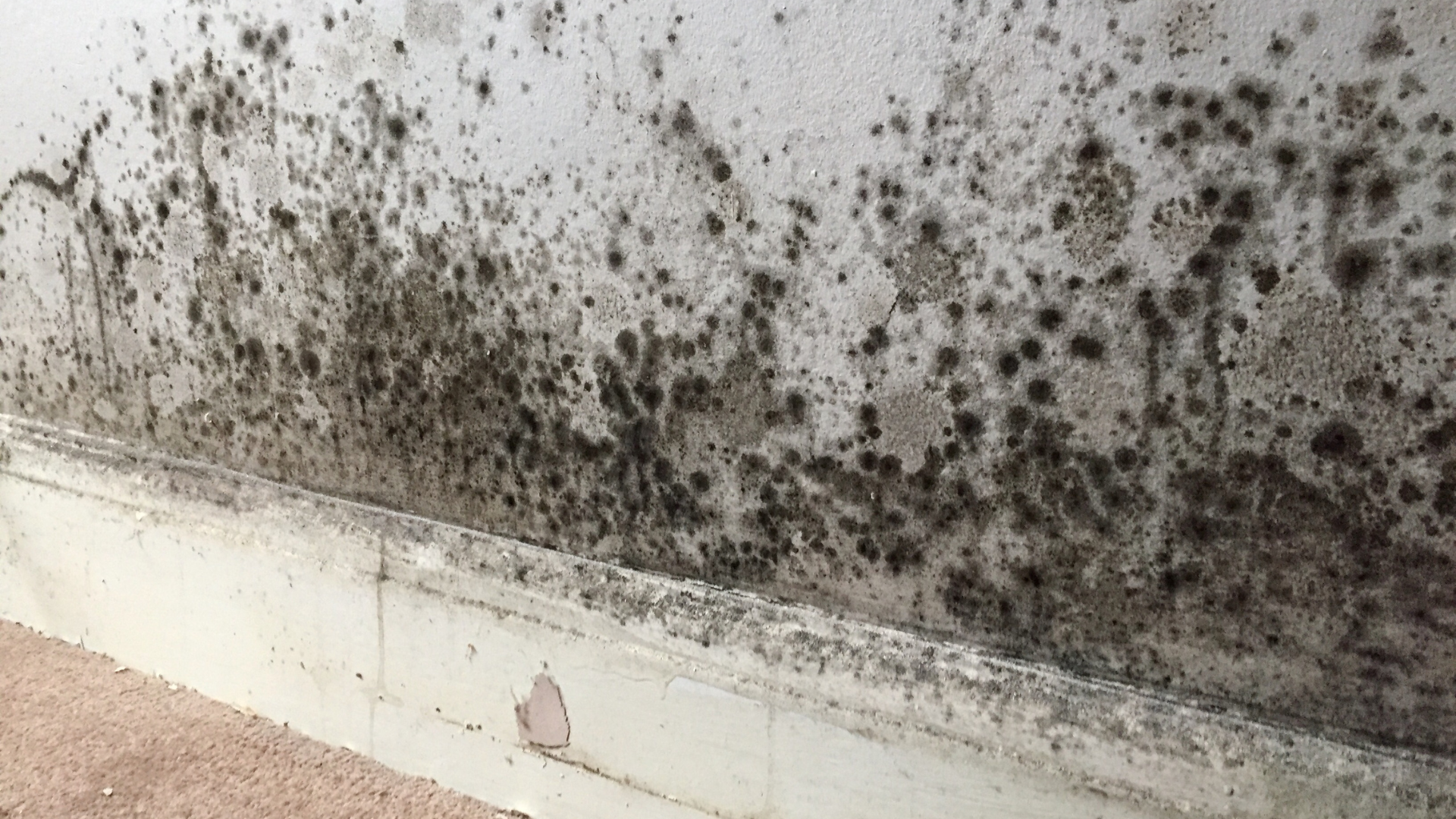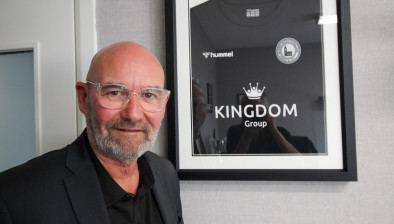Blacks Blog: Data beats damp

Jimmy Black says knowing what causes condensation is the key to fixing it.
We all knew for years that putting lead in petrol was a bad idea, but we continued to poison our children with car exhaust fumes. We’ve all known for years that damp and mould are bad for our health, but it’s still such a huge problem that the Scottish Housing Regulator and the Scottish Parliament have had to act.
Soon we will have our own Scottish version of Awaab’s Law. I think we have a few people from south of the border to thank for that, including ITN, Kwajo Tweneboa and, tragically, Awaab Ishaak, the wee boy from Rochdale who died from an acute respiratory condition “caused by prolonged exposure to black mould in his home”.
I guess I could fulminate at generations of housing officers who have given tenants risible advice, the most clichéd being “open your windows and turn up your heating”. But I have some sympathy for those same officers who, faced with insoluble problems, had to come up with some sort of positive strategy.
At this point, I should exclude dampness caused by penetrating or rising damp, or leaks in roofs or overflow pipes cascading down walls or into cavities. Dampness caused by cold bridging is another thing; landlords who leave architectural features such as lintels uncovered by external wall insulation can expect complaints to follow.
But condensation is one of life’s great mysteries. You can blame the tenant; or the fabric; or the climate. Perhaps it’s the fuel in use, one example being LPG heaters. Crusty old housing types might grumble about blocking up chimneys.
We have something new to blame. The current predilection for building airtight homes brings problems where ventilation is inadequate. Regular changes of air in new build homes are essential to avoid condensation, yet mechanical ventilation with heat recovery is still not standard. Even where it is installed, tenants worry about the cost of running it and turn it off.
There are plenty of ways to tackle condensation and thus prevent mould. More insulation, “false walls”, better heating, better ventilation, lids on pans, squeegees in the shower and… many more things that we tell tenants. But none of these are guaranteed to work, because in most situations we simply do not know what is causing the problem.
We do have a way of finding out, if we choose to use it. Installing sensors is one part of the solutions. Internet connected sensors can provide a real time log of the build up of condensation in different areas of a house or flat. Match that information with a sensible, informed conversation with tenants, and we should be able to prescribe the right measures to tackle a condensation problem in that house for that family.
That’s what Alator, our guests on the SHN Podcast, do and they claim some excellent results. For example, persuading a teenager to leave his bedroom door open two inches at night, thus reducing both moisture content and a dangerous level of carbon dioxide, was a notable success. It’s not always that easy, but with the data, you can work out the right thing to do. Then, of course, you have to do it.
You can hear the podcast below…
Jimmy Black is a City Councillor in Dundee and, until recently, chaired an RSL. He writes in a personal capacity.
The Scottish Housing News Podcast is co-hosted by Kieran Findlay and Jimmy Black. All episodes are available here as well as on the following platforms:










